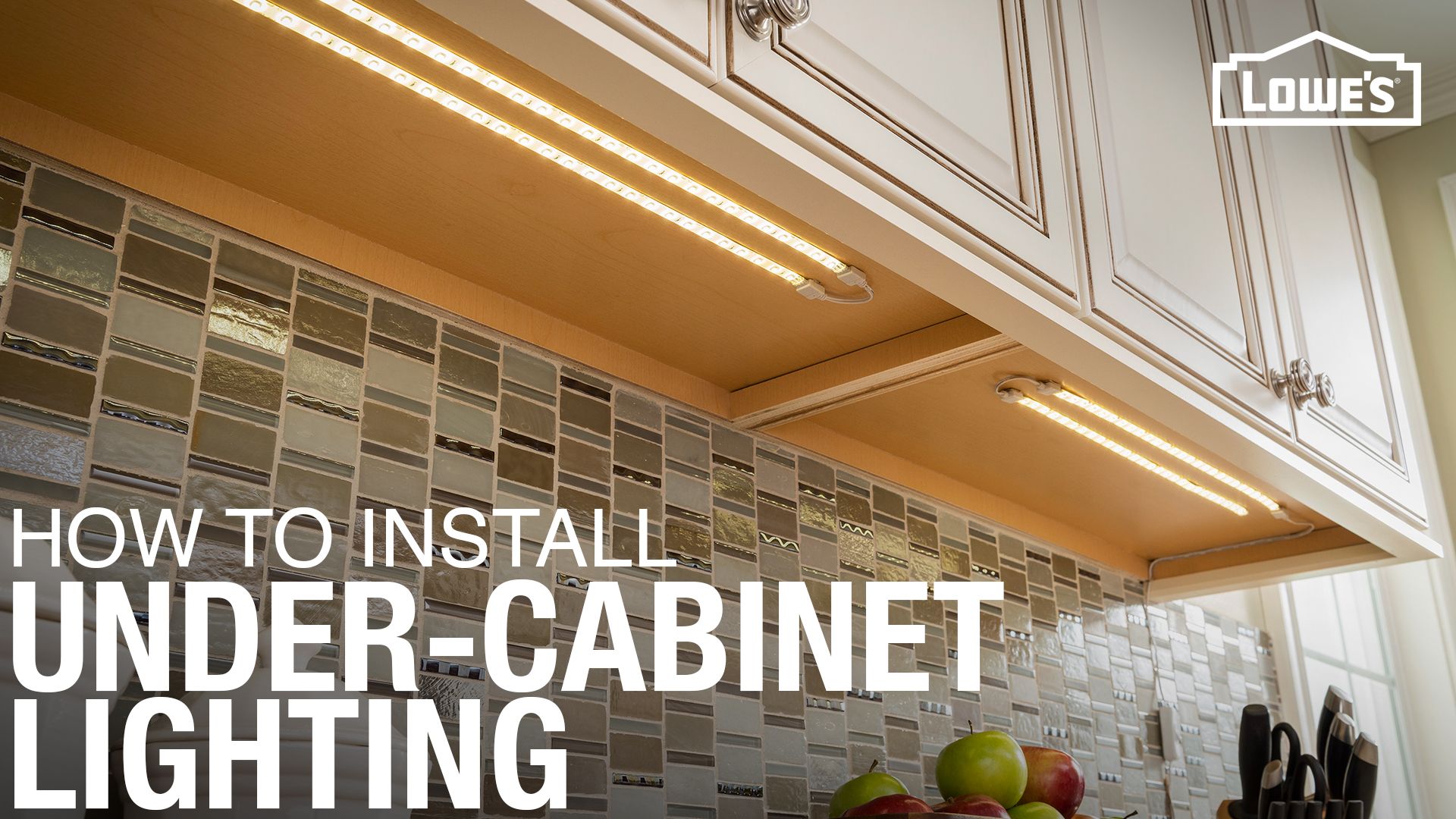Safety and Maintenance Considerations: Whirlpool Under Cabinet Microwave Light Bulb

Replacing the light bulb in your Whirlpool under-cabinet microwave may seem like a simple task, but neglecting safety precautions can lead to serious consequences. Understanding the potential hazards and implementing proper safety measures is crucial for a smooth and secure experience.
Light Bulb Replacement Safety
The process of replacing the light bulb involves working with electricity, and it’s essential to take necessary precautions to avoid electrical shocks.
- Always unplug the microwave from the power outlet before attempting any bulb replacement.
- Avoid touching any electrical components inside the microwave, as they may still hold a residual charge.
- Use a dry, insulated tool to remove the old bulb, such as a non-metallic screwdriver or pliers.
- When handling the new bulb, avoid touching the glass part, as fingerprints can cause premature failure.
Using the Correct Light Bulb
Employing the wrong type of light bulb can damage your microwave and potentially pose safety risks.
- Refer to your microwave’s user manual to determine the correct bulb wattage and type. The manual will specify the wattage, voltage, and bulb base type.
- Using a bulb with a higher wattage than recommended can overheat the microwave’s internal components, potentially leading to damage or fire.
- Avoid using incandescent bulbs, as they generate excessive heat and can shorten the lifespan of the microwave.
- LED bulbs are generally the preferred choice for microwave light bulbs due to their energy efficiency, longer lifespan, and lower heat output.
Regular Maintenance and Cleaning, Whirlpool under cabinet microwave light bulb
Maintaining a clean and well-functioning light bulb area in your microwave is essential for optimal performance and safety.
- Regularly clean the light bulb cover with a damp cloth to remove dust and debris.
- Inspect the bulb for any signs of damage or discoloration, which may indicate a failing bulb.
- Replace the bulb immediately if it is cracked, broken, or emitting a flickering light, as this could be a sign of an electrical issue.
